Theodore William Richards (1868–1928), the first American to be awarded the Nobel Prize in Chemistry, received it for the year 1914 for his accurate determinations of the atomic weights of a large number of chemical elements—25 in all, including those used to determine virtually all other atomic weights.
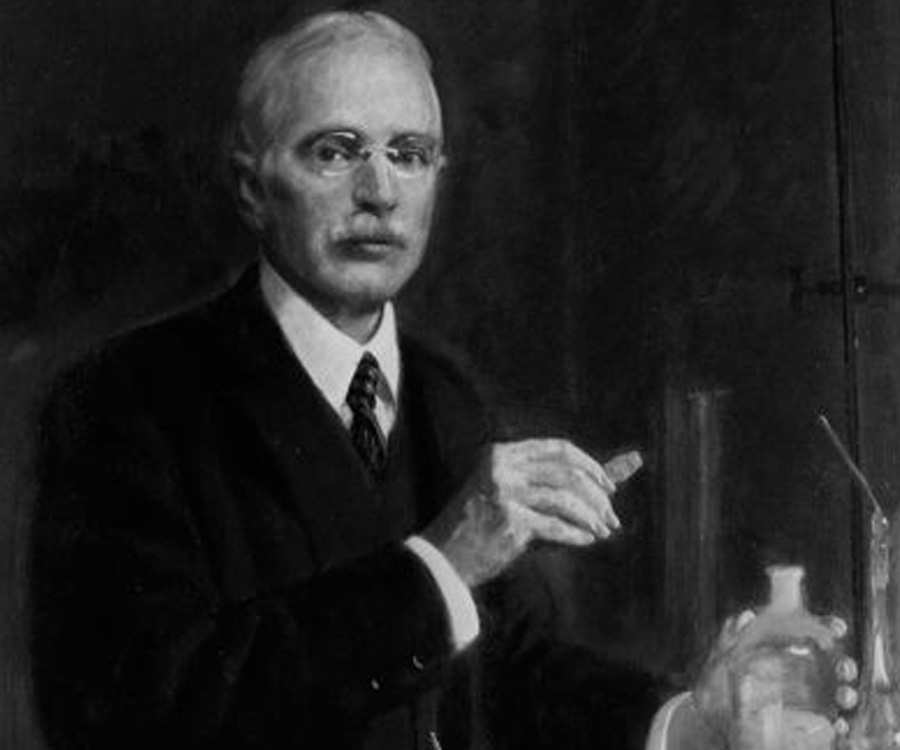
His work, which he began publishing in 1887, corrected earlier studies done in the 1860s by Jean Servais Stas. Among other contributions Richards provided the experimental verification of the isotope concept, showing that lead from different sources has different atomic weights.
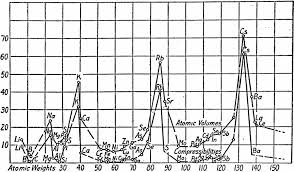
Born in Germantown, Pennsylvania, Richards was educated at home by his mother, a Quaker author and poet, and his father, a noted painter of seascapes, until he went to Haverford College at the age of 14.
He proceeded to Harvard University, where he earned a doctorate in chemistry by the time he was 20. He remained there as an important researcher and teacher, except for two sojourns in Europe—first on a prize fellowship and, much later, to learn about the latest developments in electrochemistry and thermodynamics to pass on to his students.
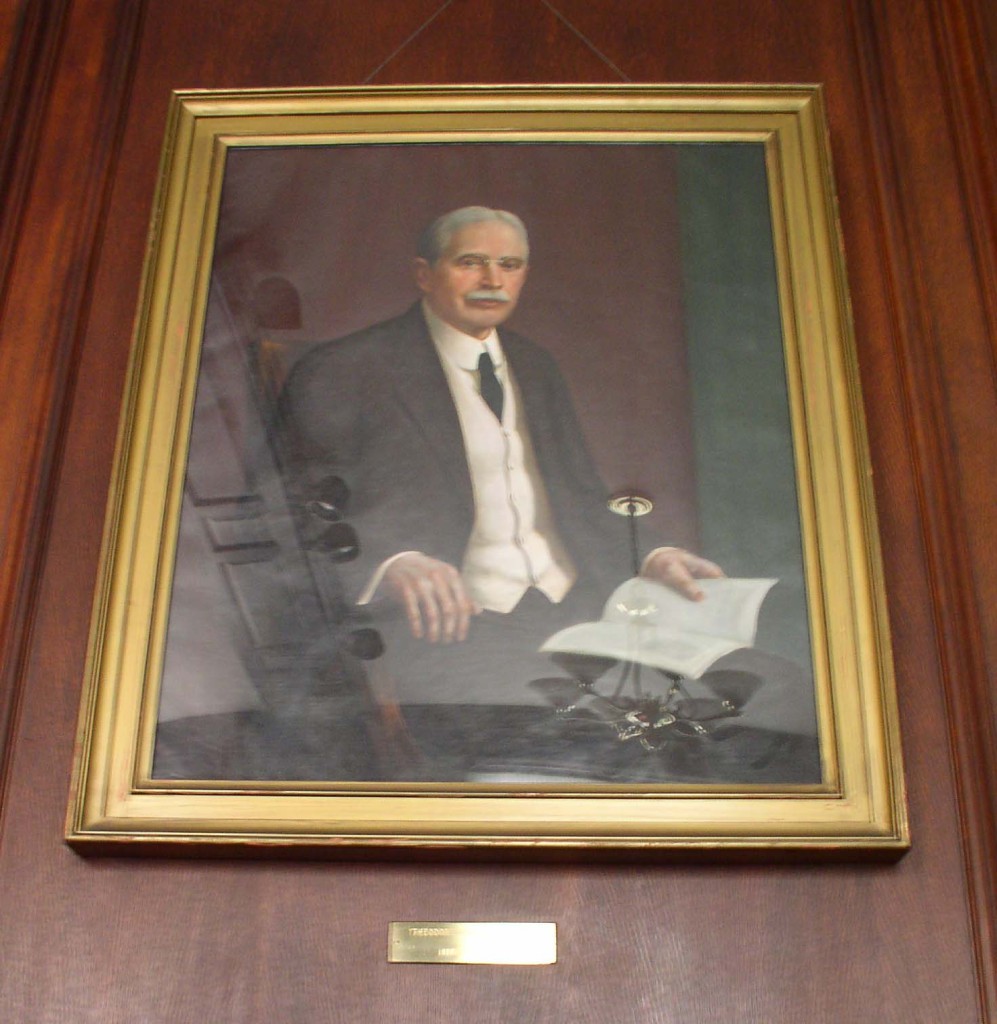
He was awarded the Nobel Prize in Chemistry 1914. The world around us consists of molecules that are composed of atoms. There are a number of different types of atoms, which are called elements.
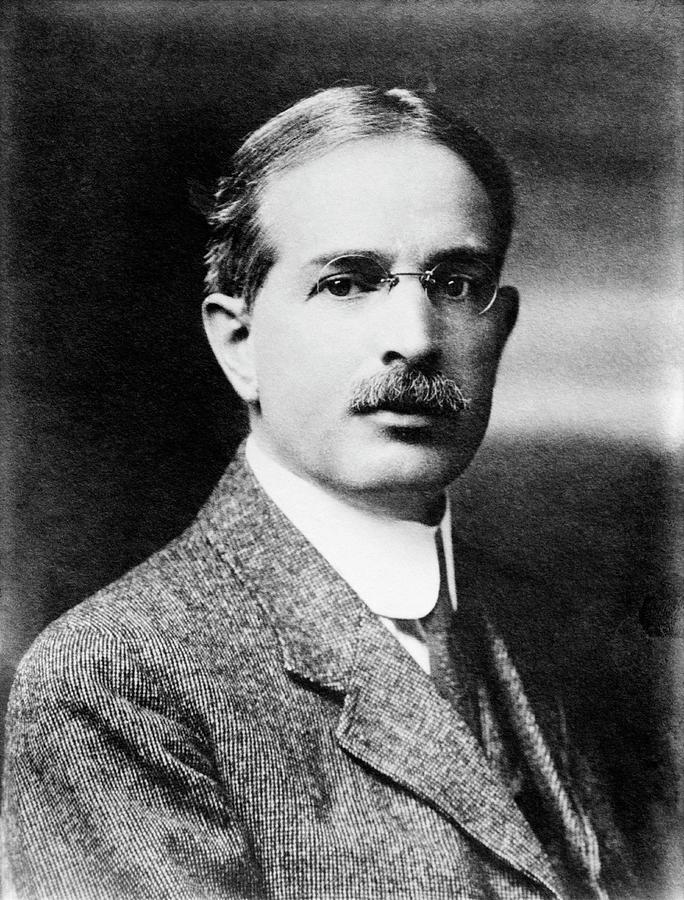
The atoms for different elements have different masses. Determining atomic masses is important in calculating the relative quantification among substances in chemical reactions.
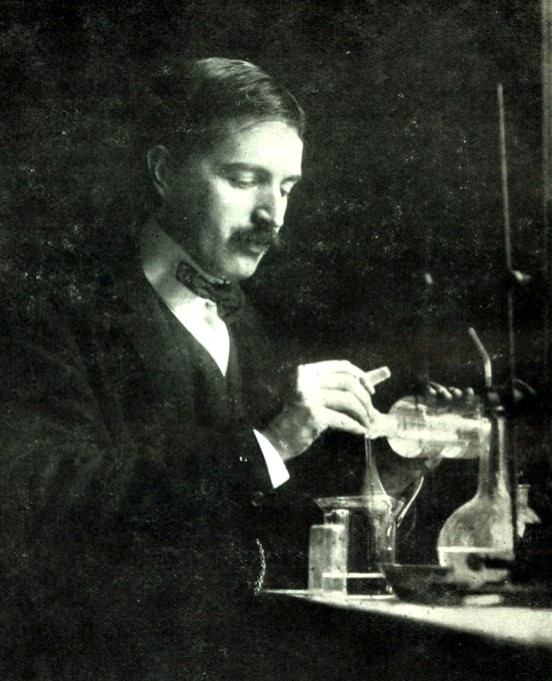
Theodore Richards developed methods for very precise determination of atomic masses. As a result of these methods, sources of errors, including moisture in tests, were reduced. Around 1904 Theodore Richards was able to correct previous values for a number of different atomic masses.
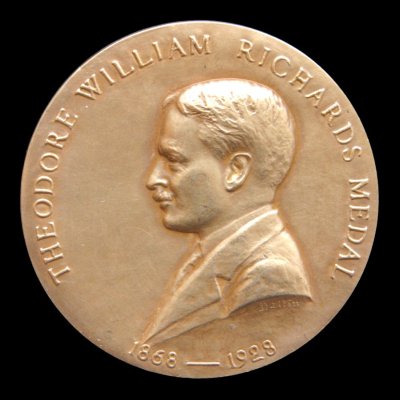
According to sciencehistory & nobelprize











